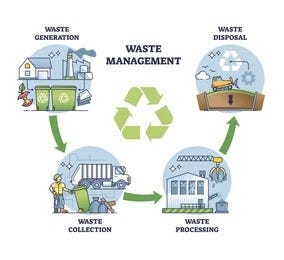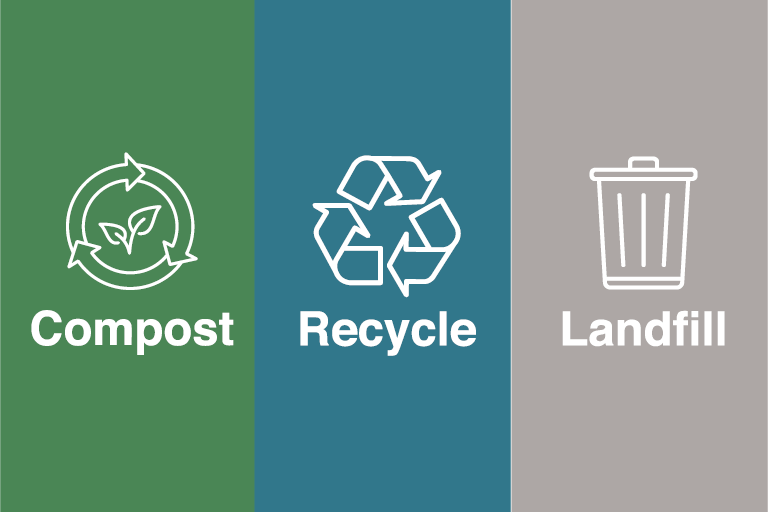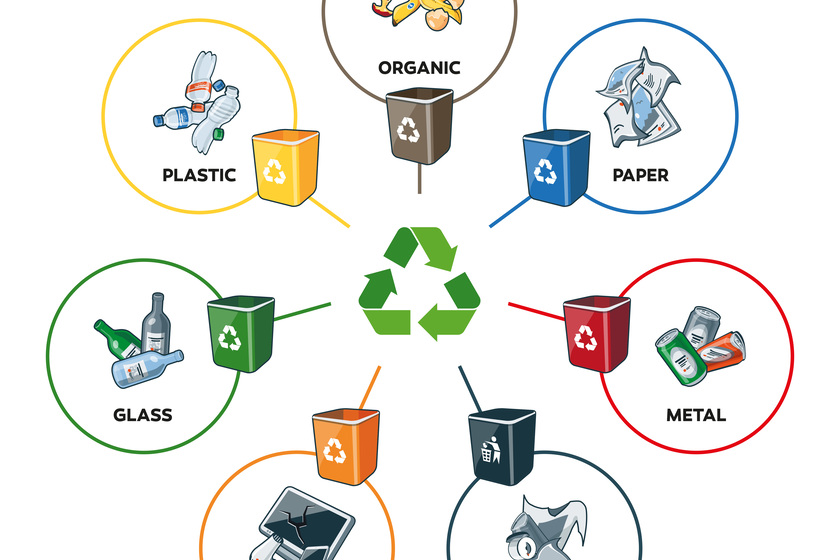Recycling Lives Services: Blazing A Trail in Accountable Recycling
Recycling Lives Services: Blazing A Trail in Accountable Recycling
Blog Article
Discovering Different Types of Waste in Modern Waste Monitoring Equipment
The modern landscape of waste administration entails navigating a complex selection of waste types, each calling for specialized handling and disposal methods to minimize environmental effects. Local solid waste, contaminated materials, electronic waste, and organic waste each present distinct difficulties and opportunities for resource healing. Ingenious solutions such as smart waste containers and waste-to-energy technologies are arising as crucial devices in enhancing efficiency and sustainability. Understanding these waste kinds is essential for promoting public awareness and motivating active involvement in lasting practices. What techniques can efficiently address these diverse sorts of waste while advertising a circular economic situation?
Local Strong Waste
Community solid waste, commonly referred to as house garbage or rubbish, includes a selection of discarded products generated by residential, industrial, and institutional resources within a community. This waste stream usually includes products such as product packaging, food scraps, backyard trimmings, paper, plastics, fabrics, and disposed of family products. The management of community solid waste is a critical part of urban preparation and public health, necessitating reliable collection, transport, and disposal systems.
Efficient waste monitoring systems are made to decrease ecological effect while maximizing source recuperation. Composting organic waste, such as food scraps and yard trimmings, not only decreases garbage dump usage but likewise creates useful dirt modifications.
Districts have to also attend to the financial and logistical obstacles connected with waste management. Applying pay-as-you-throw systems, enhancing public awareness, and purchasing technology can dramatically enhance waste diversion rates. By integrating these methods, districts can foster sustainable communities, decrease greenhouse gas emissions, and save natural deposits.
Hazardous Waste

Reliable contaminated materials administration involves numerous essential actions: recognition, partition, treatment, and disposal. Recognition entails the category of waste based on its hazardous residential properties. Segregation makes certain that harmful products are kept individually from non-hazardous waste to avoid cross-contamination. Treatment techniques, such as chemical neutralization, incineration, and stablizing, are used to lower the toxicity, quantity, or mobility of the waste. Finally, disposal options, including protected landfills and underground storage, are picked to make certain long-term containment.
Regulatory frameworks, such as the Resource Preservation and Healing Act (RCRA) in the United States, offer guidelines and criteria for contaminated materials management. Adherence to these laws, coupled with advancements in waste therapy modern technologies, is vital in reducing the risks associated with unsafe waste.
Electronic Waste
Digital waste, frequently referred to as e-waste, stands for a rapidly growing challenge in waste management systems globally. This kind of waste encompasses discarded electronic tools and tools such as mobile phones, computers, televisions, and various other electronic home appliances. The rapid speed of technological innovation, combined with reducing item life-spans and customer need for the current gadgets, has greatly raised the quantity of e-waste created annually.
E-waste is especially troublesome as a result of its intricate composition, check it out frequently having dangerous substances like cadmium, mercury, and lead, which present substantial ecological and wellness dangers otherwise effectively taken care of. On the other hand, e-waste also has valuable materials such as gold, copper, and silver, which can be recovered and recycled. The twin nature of e-waste-- both valuable and dangerous-- necessitates specialized handling, recycling, and disposal procedures.
Effective e-waste administration entails stringent regulatory frameworks, robust collection systems, and advanced reusing modern technologies. Public awareness and engagement are crucial, as improper disposal methods, such as prohibited disposing and informal recycling, aggravate environmental contamination and carcinogen. Consequently, improving e-waste administration practices is important for minimizing environmental influence and recouping valuable sources in a progressively digital globe.

Organic Waste
Organic waste, consisting of kitchen scraps, lawn trimmings, and agricultural deposits, stands for a significant section of the worldwide waste stream. This kind of waste is naturally degradable, suggesting it can be broken down by microbes right into easier organic substances. In spite of its potential for all-natural decomposition, incorrect administration of organic waste can bring about unfavorable environmental impacts, including the discharge of greenhouse gases such as methane, which add to environment adjustment.
Efficient monitoring of natural waste is critical for reducing these environmental influences (recycling lives services). Composting is a commonly taken on technique, changing organic waste into nutrient-rich compost that can boost dirt health and farming productivity. Furthermore, anaerobic digestion is an arising technology that converts organic waste right into biogas, a renewable resource source, and digestate, which can be made use of as plant Homepage food
Municipalities and waste administration entities must implement durable natural waste collection and treatment programs to optimize the advantages of these procedures. Public education campaigns can also play a crucial function in encouraging homes and companies to different natural waste from other kinds of waste. By prioritizing the management of natural waste, societies can lower landfill use, lower greenhouse gas emissions, and produce valuable by-products for agricultural usage.

Innovative Waste Management
In the world of waste monitoring, ingenious approaches are transforming just how societies handle their refuse, intending for sustainability and effectiveness. One popular advancement is the implementation of wise waste containers geared up with sensors that keep an eye on fill levels and optimize collection courses.
Another remarkable advancement is the fostering of waste-to-energy (WtE) modern technologies. By transforming non-recyclable waste into functional power via processes such as incineration and anaerobic food digestion, WtE lowers landfill worry and supplies a renewable resource resource. Advancements in chemical reusing allow for the malfunction of intricate plastics into their initial monomers, enabling the production of brand-new, high-quality plastic products.
Moreover, the circular economy model is getting grip, highlighting the design of items and systems that focus on reusability and resource performance. This holistic technique encourages markets to decrease waste generation from the beginning. Through these ingenious techniques, contemporary waste management systems are not just addressing the instant challenges of waste disposal yet additionally leading the way for a more sustainable future.
Conclusion
A comprehensive understanding of municipal strong waste, hazardous waste, digital waste, and organic waste, combined with the execution of ingenious waste management options, is imperative for alleviating environmental impacts. Incorporating modern technologies such as wise waste containers and waste-to-energy systems can enhance efficiency and sustainability. Effective waste administration strategies not just foster source healing but also promote public understanding and participation, ultimately adding to the development of a round economic climate.
The modern landscape of waste monitoring involves browsing an intricate array of waste his response kinds, each requiring specialized handling and disposal techniques to minimize environmental effects. Metropolitan solid waste, unsafe waste, electronic waste, and natural waste each existing distinct challenges and opportunities for resource recovery.Digital waste, typically referred to as e-waste, stands for a quickly expanding challenge in waste administration systems internationally. Via these cutting-edge methods, contemporary waste administration systems are not just addressing the instant challenges of waste disposal however additionally leading the way for an extra lasting future.
An extensive understanding of local solid waste, unsafe waste, electronic waste, and organic waste, coupled with the execution of innovative waste administration options, is important for alleviating ecological effects. (recycling lives services)
Report this page